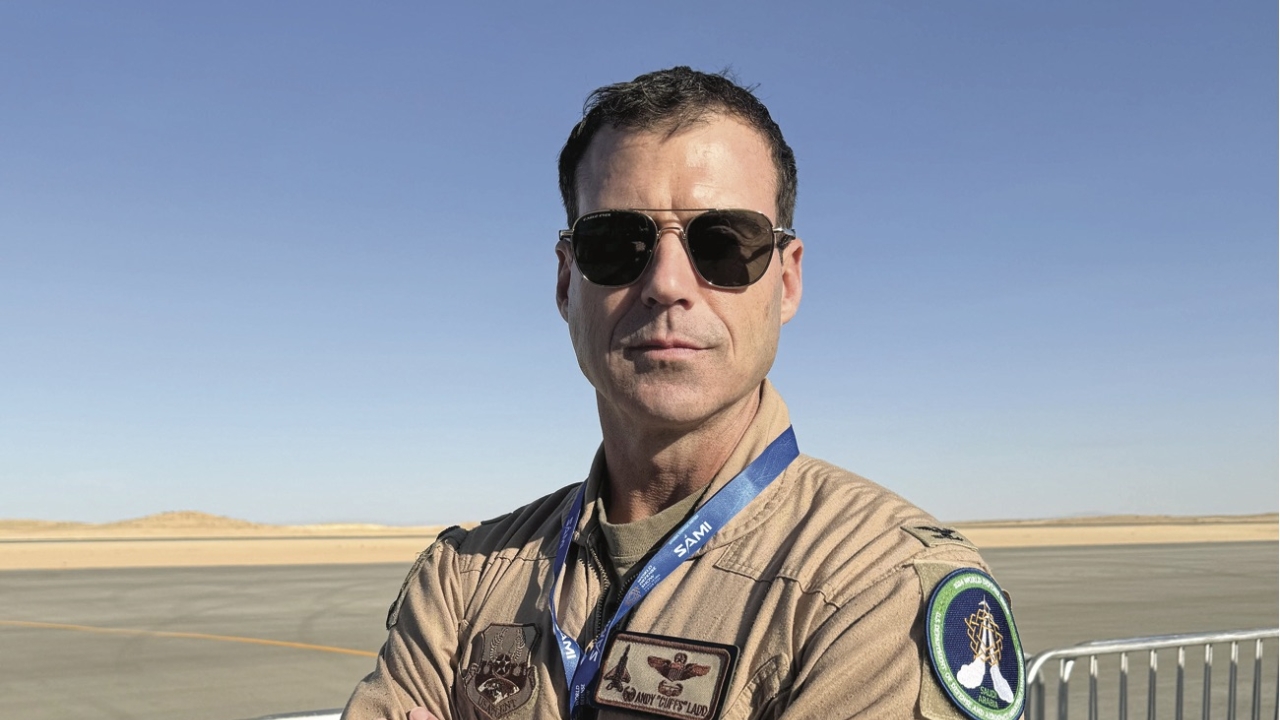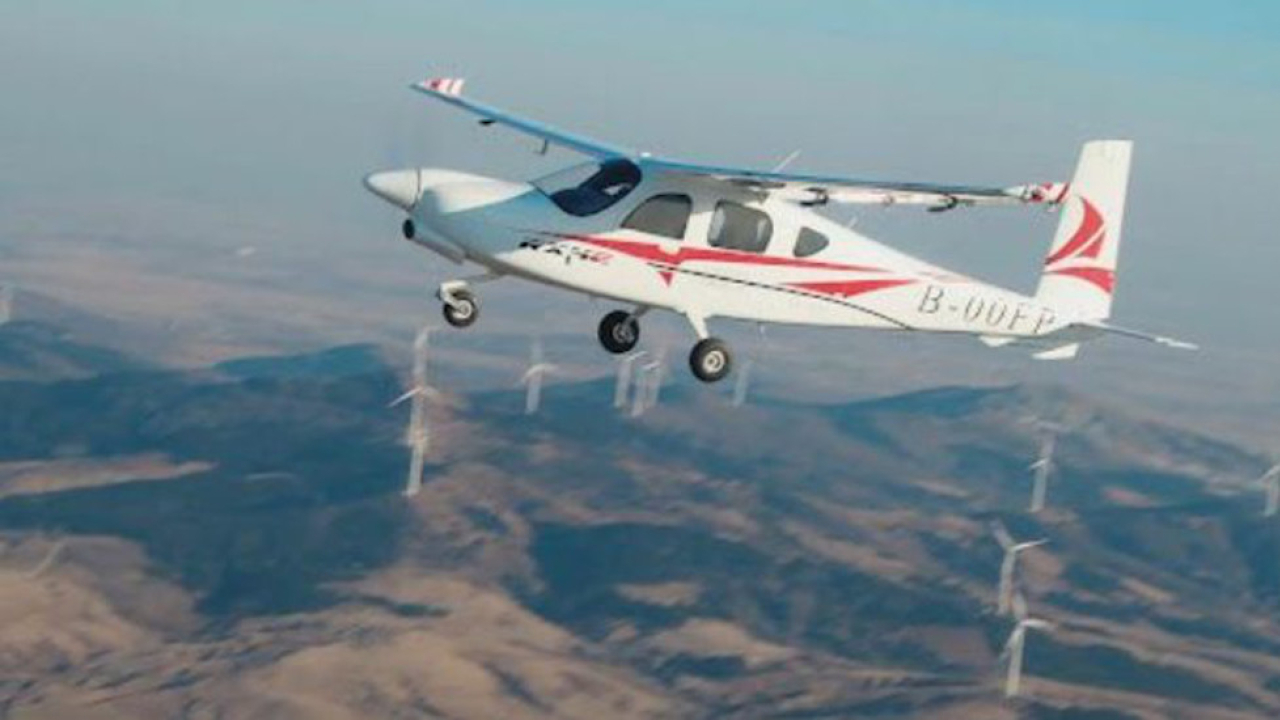WDS: How US sees its presence will make relationships stronger
Flying displays and an active presence at a show like WDS is a key part of opening partnerships and developing trust between nations, a major player at the event said.

Col Andy ‘Cuffs’ Ladd is a firm believer in the vital importance of building partnerships with regional allies. Image: Jon Lake
Col Andy Ladd, A5 director for Strategy and Theater Security Cooperation, is acting as ‘air boss’ for the US Air Force participation at WDS, responsible for the flight demonstrations and static displays.
A former Boeing F-15E Strike Eagle pilot, Ladd said the USAF’s participation is “not just important to the United States Air Force, but to all of our partners across the entire region.” He explained that coming together in a forum such as WDS, with senior leaders from allied nations, makes relationships stronger and will help allies “to come together in times of strife and turmoil to defeat common enemies and threats in the region”.
“Building trust really is the backbone of being able to work together as a combined coalition from multiple countries. If you don’t trust a partner, you’re not going to work together very effectively, are you?
“And here, we’re building on the strong trust that’s already established to continue to build those relationships with our partners. Nothing is more important, especially given what is happening in the region. In my 25 years of military service, I don’t think I’ve ever seen this level of tension in the Middle East.”
“As tensions rise, and as things get more difficult, that’s where we will have to fall back on those relationships, and share that burden, and that’s where trust is so important. But there’s a lot of firepower here to prevent that instability from creeping into the Middle East.”
There are some surprising absences among the US participants – there is no KC-46 Pegasus air refuelling tanker aircraft, which Boeing hinted would be ‘featured’ at the show. There is also no example of a USAF fifth-generation fighter.
Ladd said consideration had been given to sending fifth-generation assets (he did not specify whether that meant the Lockheed Martin F-22A Raptor or the F-35A Lightning II) but said that timing had made this impossible, with multiple important commitments facing these forces.
Stay up to date
Subscribe to the free Times Aerospace newsletter and receive the latest content every week. We'll never share your email address.

